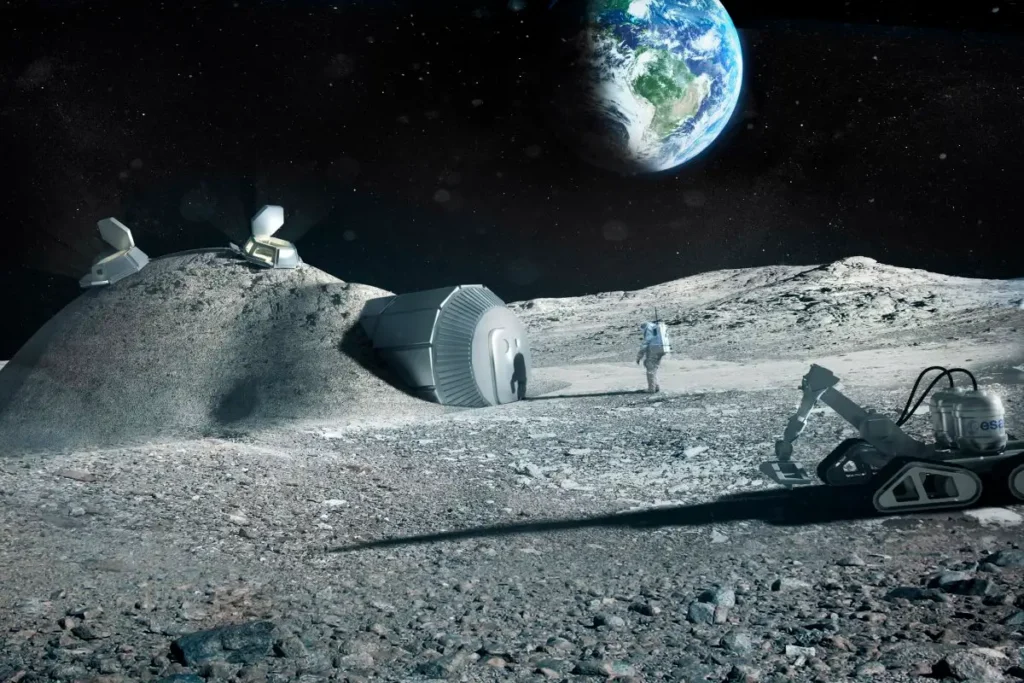By 2026, NASA aims to deploy astronauts to the moon to establish a lasting base as part of its Artemis program.
In anticipation of future lunar construction projects, astronauts aboard the International Space Station (ISS) are conducting crucial experiments to explore how microgravity impacts cement in space.
Building infrastructure on the Moon presents a complex challenge. To address this, astronauts are experimenting with cement-mixing methods aboard the International Space Station prior to landing on the lunar surface. Their objective is to develop techniques for constructing a permanent lunar base using the Moon’s soil.
NASA, alongside its global collaborators, is exploring cost-effective methods for building satellites in space and developing crew habitats on the Moon.
Mixing lunar soil with various materials to create cement could lower the expense of transporting supplies from Earth to the Moon. NASA astronaut Matthew Dominick experimented by combining simulated lunar soil with other substances and a liquid solution, placing them in two separate bags. A third bag containing hot water was positioned between these two bags.
He placed the bags in the space station’s experiment-conditioning refrigerator for an overnight stay. The mixture will remain in the refrigerator for several weeks to stabilize at ‘ambient temperatures.’ Once this period is complete, it will be transported to Earth aboard a SpaceX Dragon spacecraft for further analysis.
Mixing concrete can release significant amounts of carbon dioxide. If not prepared properly, this gas can lead to brittleness and the formation of undesirable air bubbles in the material. By conducting this experiment in space, we aim to gain valuable insights into how microgravity impacts the concrete mixing process.
The experiment falls under Material Science, specifically investigating the solidification process of concrete. It explores various mixtures of water, sand, cement, simulated lunar soil, and additional additives to determine the optimal formula for construction applications on the Moon.
This project will not only contribute to the development of sustainable lunar structures but also advance the quest for eco-friendly cement alternatives on Earth.
The cement industry significantly impacts the environment through elevated carbon dioxide emissions, biodiversity loss, soil erosion, water pollution, and increased flooding.

Until researchers discover a more sustainable alternative to concrete, the industry will persist in contributing over four billion tons of carbon dioxide annually, exacerbating environmental pollution.
Research into reducing our environmental impact on Earth and beyond is crucial now more than ever. Even small changes can lead to significant global benefits.
This research enhances scientists’ insights into cement properties, paving the way for innovative concrete mixtures that promise significant benefits for everyone.







